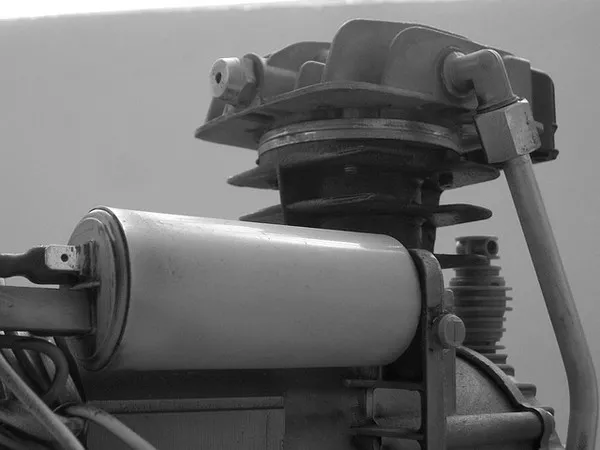Creating a well-balanced and polished guitar tone involves careful consideration of the effects chain. Among the myriad of pedals available, the compressor plays a crucial role in shaping your sound. However, determining the optimal placement of a compressor within the effects chain is a subject that often sparks debate among guitarists. In this article, we will explore the considerations and advantages of different compressor placements in your signal path to help you achieve the best results for your musical style.
Understanding the Compressor:
Before delving into the ideal placement of a compressor, it’s essential to grasp the primary function of this effect. A compressor regulates the dynamic range of your guitar signal by attenuating the louder parts while boosting the softer ones. This results in a more even and controlled sound, enhancing sustain and providing a consistent volume level.
Common Effects Chain Configurations:
Before Distortion/Overdrive:
Placing the compressor before distortion or overdrive pedals is a common approach. This setup allows the compressor to shape the dynamics of your clean signal before it hits the gain stages. The advantage here is that the compressor evens out the dynamics, providing a more consistent input signal to the distortion or overdrive pedals. This can enhance sustain and clarity, making your distorted tones more defined.
After Distortion/Overdrive:
On the flip side, some guitarists prefer positioning the compressor after their distortion or overdrive pedals. This arrangement impacts the compressed signal post-gain stages, resulting in a smoother and more polished distortion sound. The compressor helps control the peaks of the distorted signal, offering a more controlled and nuanced tone.
Within a Modulation/Time-Based Effects Loop:
Another placement option is within a modulation or time-based effects loop, typically found on more complex pedalboards or in amp setups. This allows the compressor to interact with modulations, delays, and reverbs, influencing the sustained notes and decay. This can be advantageous for creating atmospheric textures and ambient sounds.
Considerations for Placement:
Dynamic Range Control:
If your primary goal is to control the dynamic range of your clean signal, placing the compressor before distortion or overdrive is recommended. This ensures that the compressed signal serves as a consistent and controlled input to your gain stages, resulting in a more predictable and polished tone.
Sustain Enhancement:
For those seeking to maximize sustain, positioning the compressor before distortion is often preferred. By compressing the clean signal first, the sustain is increased before it goes through the gain stages, leading to a more singing and expressive lead tone.
Tonal Character:
The tonal character of your compressed signal can be influenced by its placement in the effects chain. Placing the compressor before distortion may result in a more defined and articulate tone, while placing it after distortion can produce a smoother and more rounded sound.
Clean vs. Dirty Signals:
Consider the balance between clean and dirty signals in your setup. If you rely heavily on distorted tones, placing the compressor after your distortion pedals may be more effective. Conversely, for those who incorporate clean passages into their playing, placing the compressor before distortion ensures a consistent clean signal.
Pedalboard Layout:
Practical considerations, such as the physical layout of your pedalboard, may also influence your decision. Placing the compressor earlier in the chain can simplify cable routing and organization, while placing it later might be more convenient for adjusting parameters during a performance.
See Also A Comprehensive Guide on How to Use a Bostitch Compressor
Conclusion:
In the quest for the perfect guitar tone, the placement of your compressor within the effects chain is a crucial factor. The optimal position depends on your playing style, tonal preferences, and the specific goals you aim to achieve with your sound. Experimentation is key, and there is no one-size-fits-all solution. By understanding the nuances of different placements and considering your musical objectives, you can unlock the full potential of your compressor and sculpt a tone that complements your unique style.

